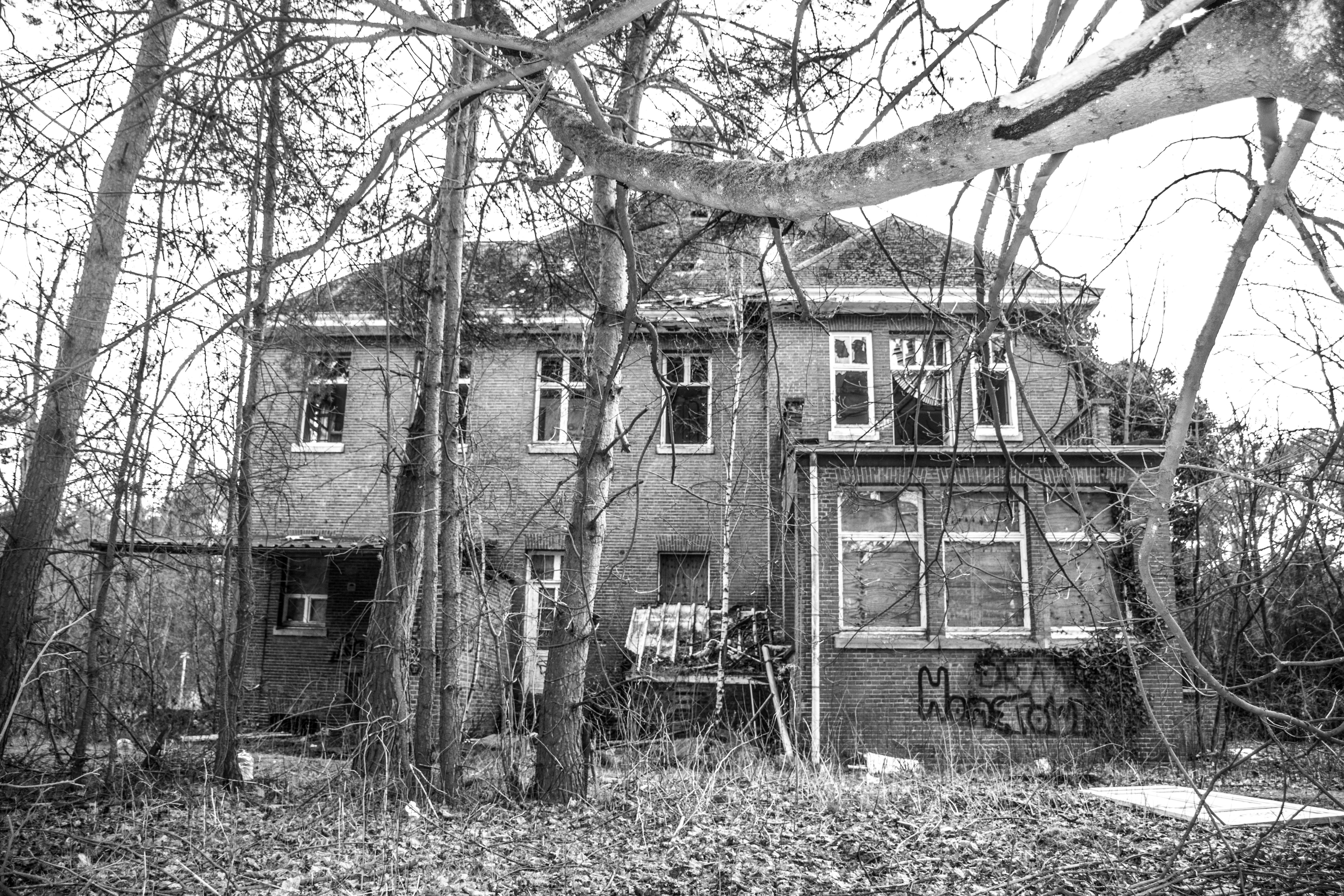Property Management
Consequences of a Vacant Rental Home
Last Updated Sep 26, 2025


Table Of Contents
- Why is a vacant rental home more damaging than you think?
- What hidden risks should homeowners watch out for when their property is vacant?
- How does vacancy create a cascading financial burden?
- How can you spot patterns that signal future vacancy risks?
- What is the emotional toll of owning a vacant property?
- How can Belong help homeowners avoid the curse of vacancy?
- Final Thoughts: Turning vacancy into opportunity
- FAQ
Why is a vacant rental home more damaging than you think?
When a rental home sits empty, it isn’t just lost income, it’s a silent financial drain. Every day without a paying resident means you’re covering the mortgage, taxes, insurance, and utilities with no offsetting cash flow. According to industry data, even a 30-day vacancy can wipe out an entire year of expected profit margins.
Vacancy is often called the “curse of rental homes” because it strikes in two painful ways:
- Immediate loss of rent, each missed month can equal thousands of dollars gone.
- Long-term depreciation, prolonged emptiness can reduce your property’s appeal and even its value.
For homeowners who depend on consistent rent to cover mortgage payments, a vacant property isn’t just inconvenient, it’s financially suffocating.
What hidden risks should homeowners watch out for when their property is vacant?
While lost income is the most obvious consequence, vacant homes come with layers of hidden dangers:
- Unnoticed maintenance issues like a leaky pipe, damaged roof, or pest infestation can spiral into major repairs when no one is there to notice.
- Property deterioration where landscaping goes neglected, HVAC systems go unused, and homes develop that “empty smell” that signals neglect.
- Security risks as vacant homes attract trespassers, squatters, and vandalism, which can lead to expensive fixes and potential legal headaches.
- Insurance limitations as many insurance policies reduce or revoke coverage if a property is unoccupied for more than 30 days, leaving you exposed to liability.
These are the things that quietly chip away at your bottom line, making the vacancy problem bigger than just missed rent.
How does vacancy create a cascading financial burden?
The financial hit of a vacant property is often underestimated. It’s not just the missing rent, there are hidden multipliers at play:
- Carrying costs: mortgage, HOA fees, property taxes, utilities, and insurance don’t stop. On average, these costs add up to $1,500-$3,000 per month depending on location.
- Leasing delays: every week your property sits empty can extend the time it takes to find a qualified resident, because vacant homes often appear less desirable than lived-in ones.
- Reduced leverage: owners facing multiple months of vacancy sometimes cut rents below market rate out of desperation, locking in lower income for the long term.
The result? A property that was supposed to generate wealth becomes a source of debt and stress.
How can you spot patterns that signal future vacancy risks?
Vacancy rarely happens “out of nowhere.” It usually follows predictable patterns that attentive homeowners can spot:
- Seasonal dips: many cities see turnover spikes in the summer months when leases end, increasing vacancy risk.
- Property type: older single-family homes often take longer to re-rent compared to updated apartments.
- Geographic differences: in 2025, for example, on-time rent payments were 94.9% in the West but only ~90% in the South, signaling regional vulnerability to delinquency and turnover.
By identifying these trends early, homeowners can adjust rent pricing, upgrade property features, or lean on platforms like Belong that use data to reduce vacancy exposure.
What is the emotional toll of owning a vacant property?
Numbers tell one part of the story, but the stress of an empty rental goes beyond spreadsheets. Homeowners describe vacancy as:
- “Like waiting for a paycheck that never comes.”
- “Anxiety-inducing, because every day the house is empty, I feel more behind.”
This emotional strain can lead to rushed decisions, accepting unqualified tenants, underpricing rent, or skipping essential repairs. All of which make the cycle of vacancy even harder to break.
How can Belong help homeowners avoid the curse of vacancy?
At Belong, we’ve built our platform to break the cycle of vacancy and its financial traps. Here’s how we do it:
- Guaranteed rent: even if the tenant pays late, you still get paid on time, every month. This fills cash-flow gaps and removes the fear of missed income.
- Data-driven pricing: we analyze market demand to set competitive rents, ensuring faster occupancy without undervaluing your property.
- Resident placement guarantee: it takes Belong an average of 18 days to get your home loved. On top of that we guarantee your home will be rented within 60 days, or we waive the placement fee.
- Maintenance and care: from lawn upkeep to proactive repairs, Belong ensures your home stays in top condition even when vacant.
With Belong, your property is never left alone, and neither are you.
Final Thoughts: Turning vacancy into opportunity
A vacant rental home isn’t just an empty space, it’s a financial, emotional, and logistical burden that can quickly spiral. By understanding the hidden risks and recognizing early warning signs, homeowners can take control of their rental strategy.
With Belong, vacancy doesn’t have to be a nightmare. Our placement promise, and full-service care transform the “curse of vacancy” into a predictable, manageable process. Instead of haunting your finances, your rental property can finally do what it was meant to, build wealth, stability, and peace of mind.
FAQ
What should I do if my rental property is sitting empty?
Start by calculating the financial burn rate (mortgage + taxes + insurance + utilities). Then, work with a professional property management partner like Belong that offers guaranteed rent and fast resident placement.
How long does it usually take to fill a rental property?
It depends on location and season, but the average is 30-60 days. Belong’s average time to get your home loved is around 18 days, with a 60-day placement guarantee or we waive the leasing fee.
Is it better to lower rent to avoid vacancy?
Not always. Lowering rent too much locks in long-term income loss. Data-driven pricing, like Belong provides, matches your home to market demand without undervaluing it.
Disclaimer: We don’t enjoy using the word ‘landlord’. We prefer to refer to members in our network as homeowners and residents, not landlords and tenants, since we’re on a mission to upend and redefine the traditional landlord-tenant relationship. That said, this article is for homeowners taking the leap for the first time who are looking for answers with more common industry terms like ‘landlords’ and ‘tenants’, so in some instances we have had to stick to the old moniker for owners of rental homes. This article is not intended as financial advice.
About The Author
Tyler Infelise
Co-Founder & Head of Product
I co-founded Belong because I'm on personal mission to eliminate stressful, anxiety-filled experiences for others. I lead the product team here, bringing with me 10+ years of product management and marketing experience. Prior to Belong, I built a company called Beepi with my cofounders. I am a big foodie, love movies of all kinds, and live for March Madness basketball.




